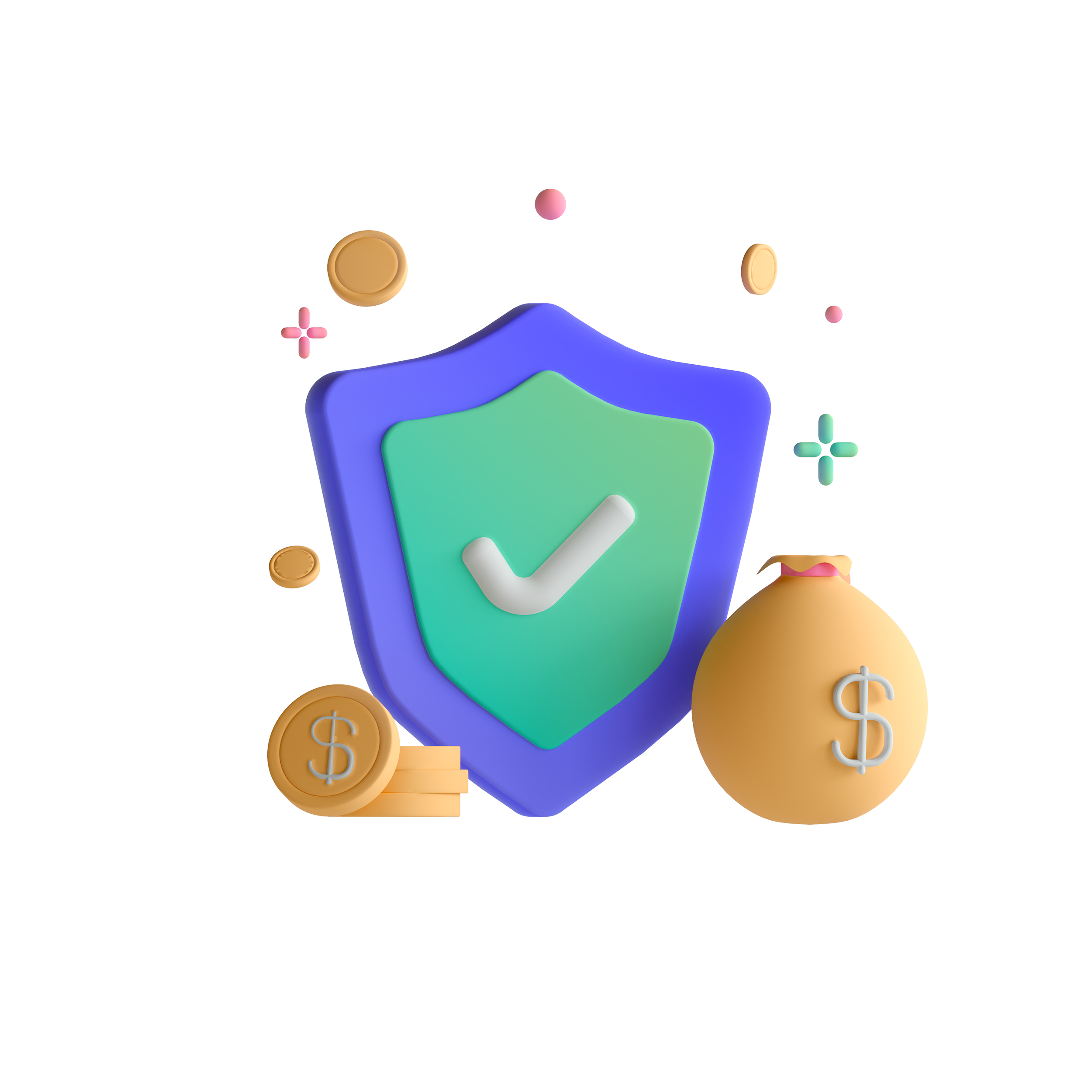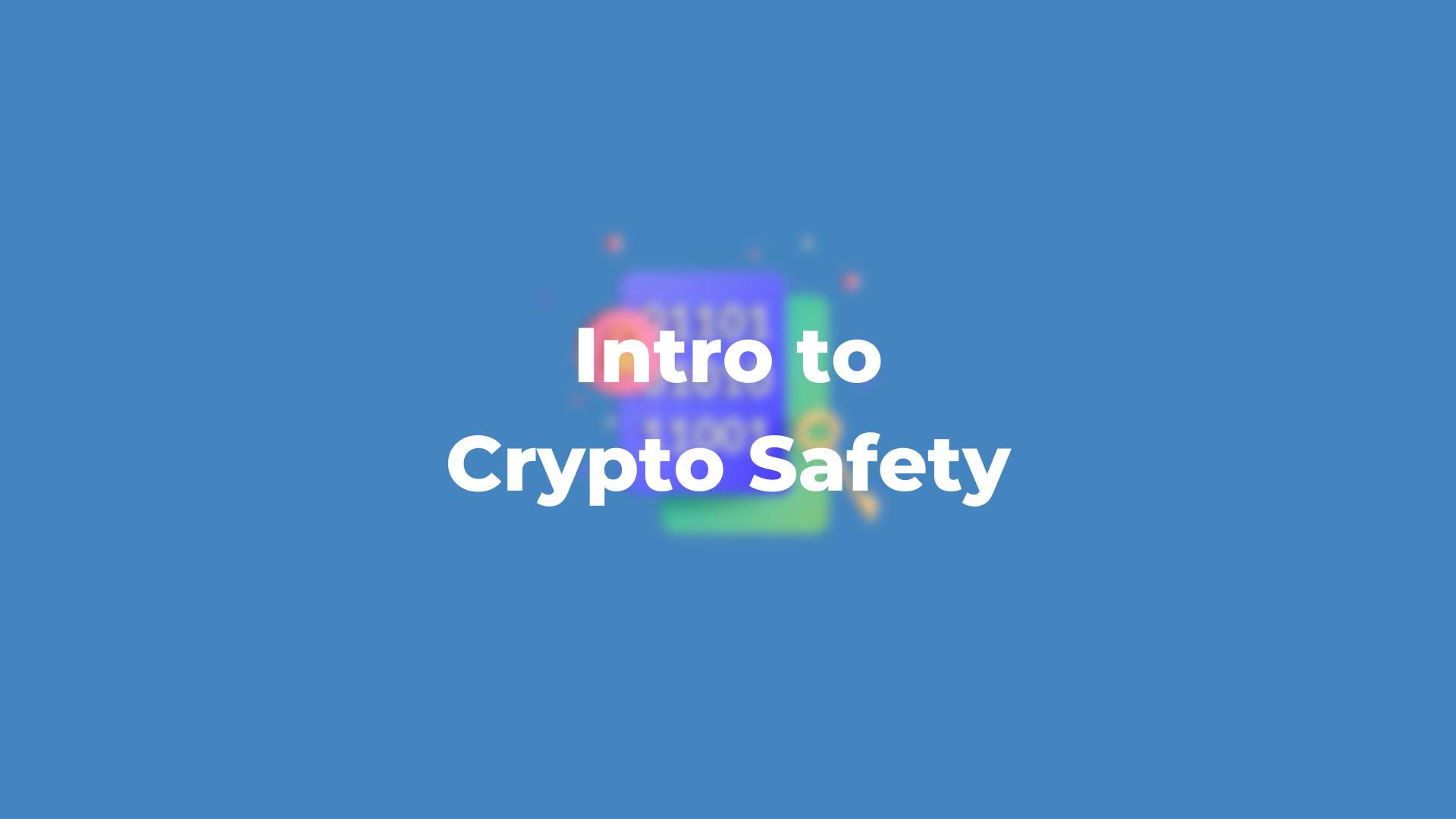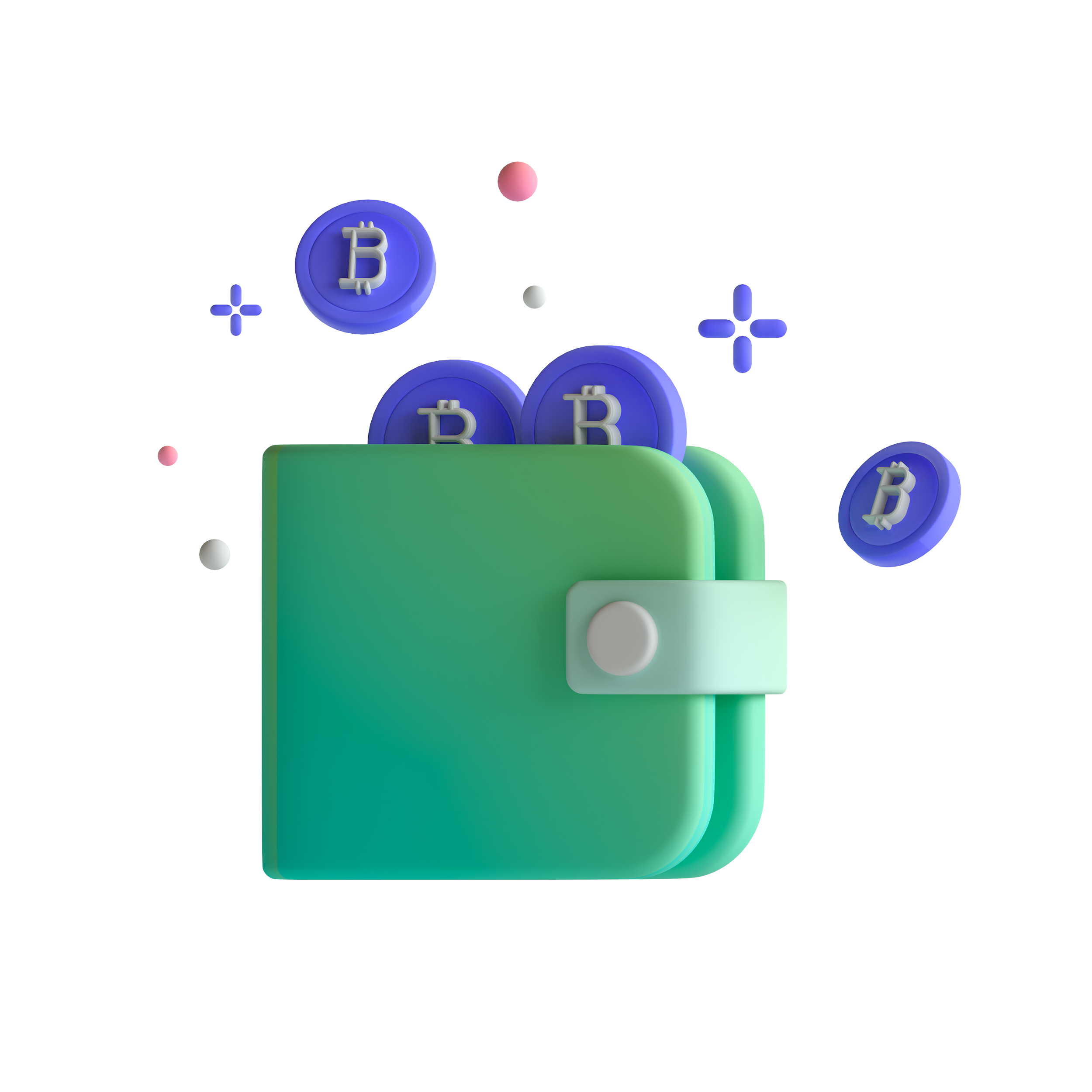Just like any valuable thing you own; it is up to you to be smart about keeping that item safe. Your digital assets are no different. Below you will find some information about safety and best practices when buying, selling, and transferring cryptocurrencies.

Seed (or Recovery) Phrase
When you open an account with a trading platform, you will be given seed or recovery phrases. This is a list of randomly generated words when you set up a wallet with an online trading platfrom. These are the keys to accessing your account if you lose your phone or other device hosting your wallet. Write these down and protect them as they are your private keys to verify your identity on the blockchain.

2FA (Two-Factor Authentication)
An additional level of security on digital wallets and online accounts is 2FA (Two-Factor Authentication). This is a security feature that requires two methods of verifying your identity before allowing you to proceed. This can be done in a variety of ways such as sending a code via a text message to a cell phone number already on file or using a third-party app that you have downloaded on your device such as Google Authenticator.
Crypto Wallet Addresses
You also need to be cautious when transferring cryptocurrencies between digital wallets on different platforms. The wallet addresses are long alphanumeric codes that can either be copied and pasted or scanned from one device to another with a QR Code. Not only is it important to verify the wallet address before confirming the transaction, but to also confirm the network and the coin of the wallet. For example, sending BTC to an ETH wallet could result in losing that BTC.

Custodial vs. Non-Custodial Wallet
Another thing you want to know about your digital wallet is whether it is a custodial or a non-custodial wallet. In a custodial wallet, a centralized trading platform holds on to the “custody” of your digital assets for you. Custodial wallets tend to be more user friendly. For example, you can reset your password with that trading platform if you lose or forget it. In a non-custodial wallet, you hold the private keys to your decentralized wallet. There are pros and cons to both wallet types, however, a commonly said phrase in the Crypto community is, “not your keys, not your crypto”. It is VERY IMPORTANT that you know that if you use a non-custodial wallet to store your Crypto, if you lose the private keys to that wallet, it is impossible to recover the Crypto assets you had stored in that wallet.
This is just an introduction to the topic, and we suggest you continue to Do Your Own Research and educate yourself. For additional definitions of terms commonly used in the Crypto community, check out our blog post on the subject by clicking here Blockchain 101.

